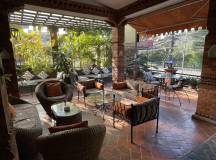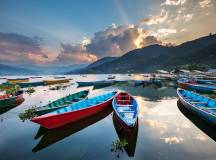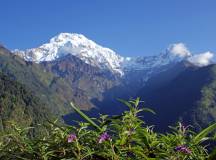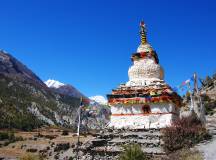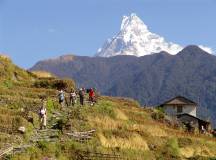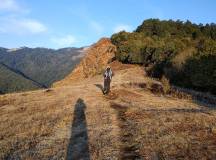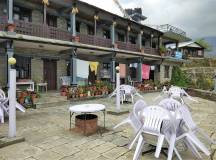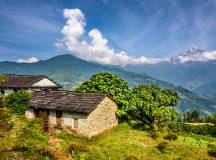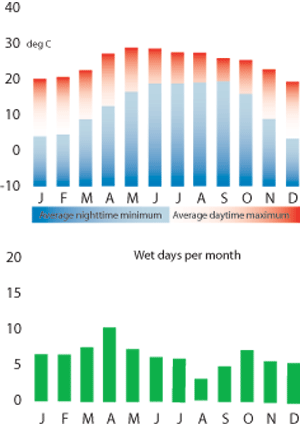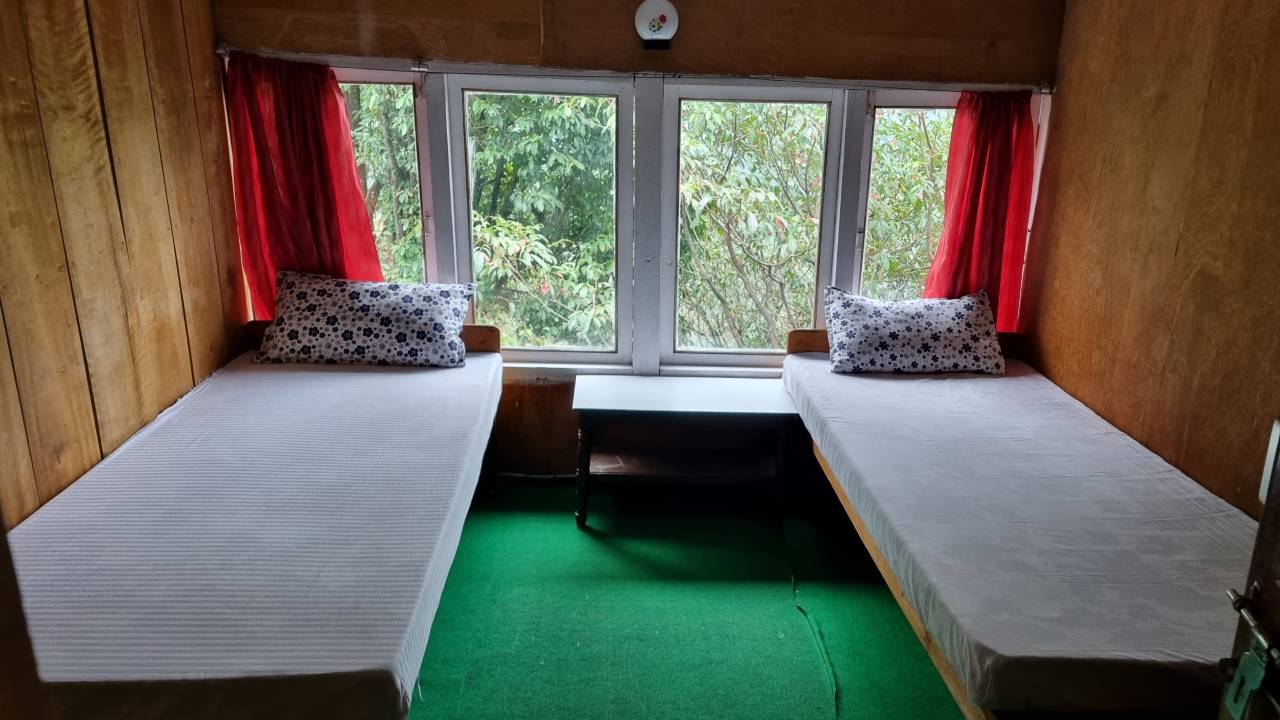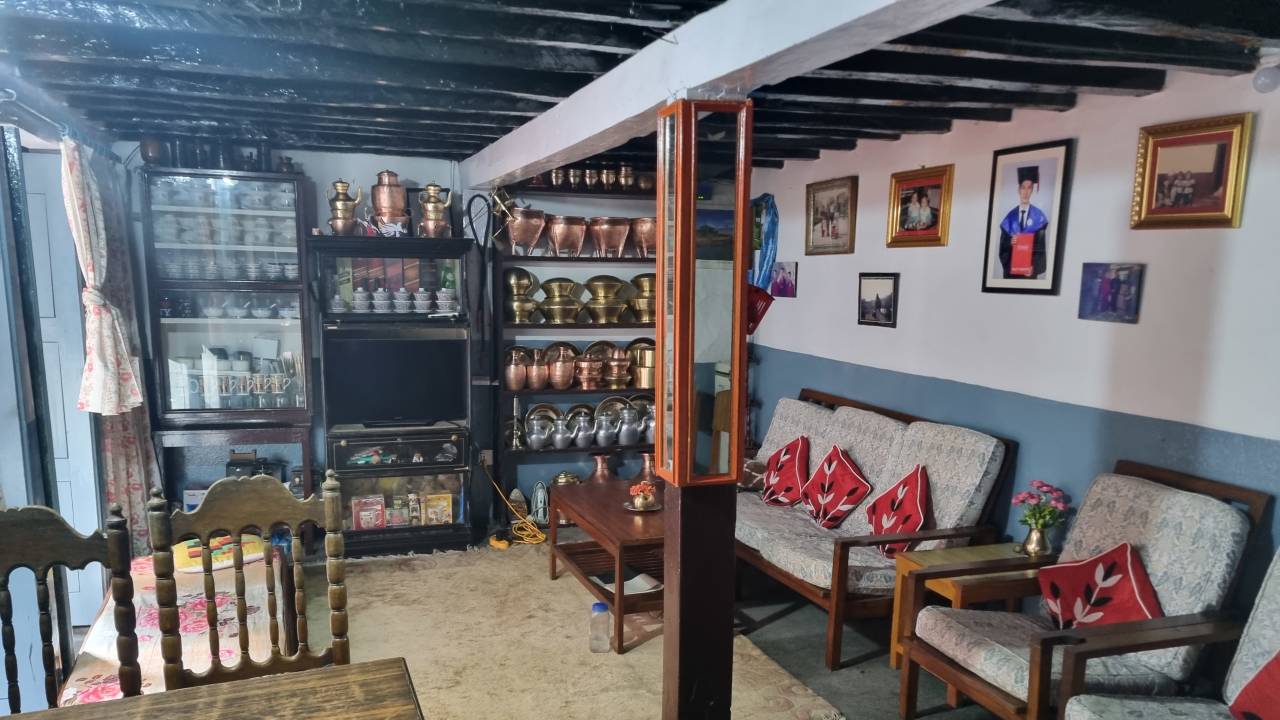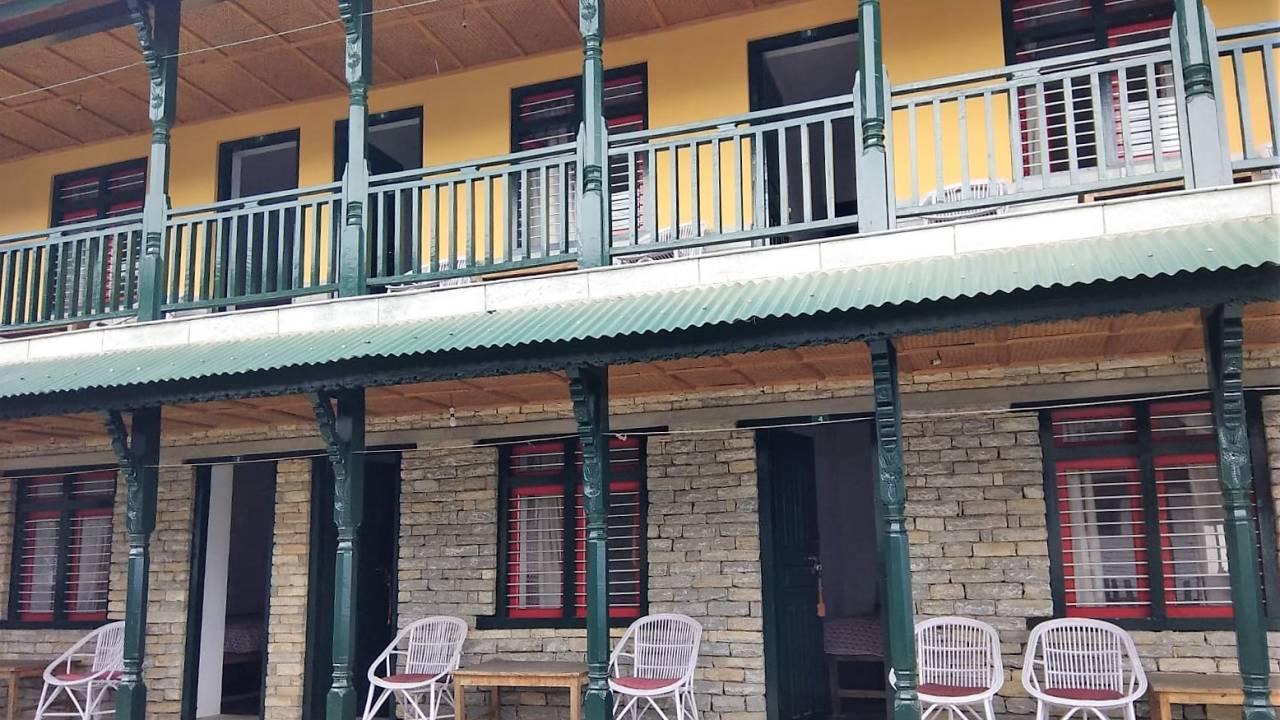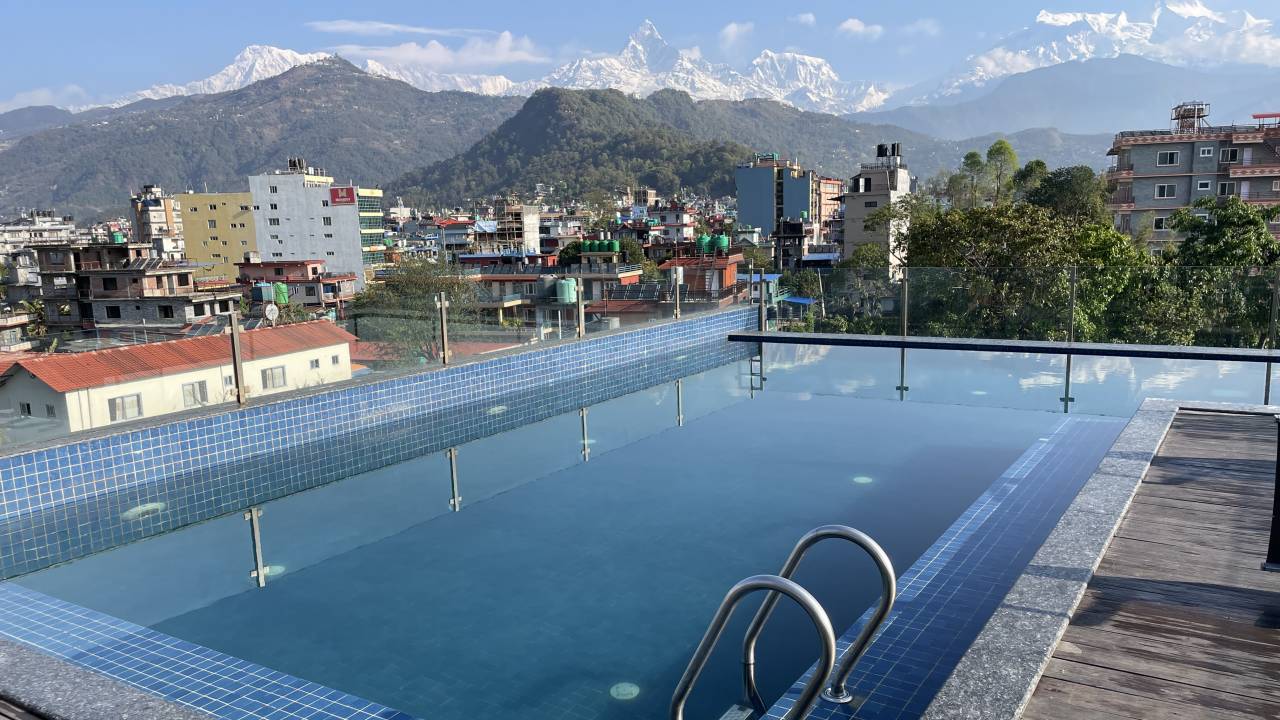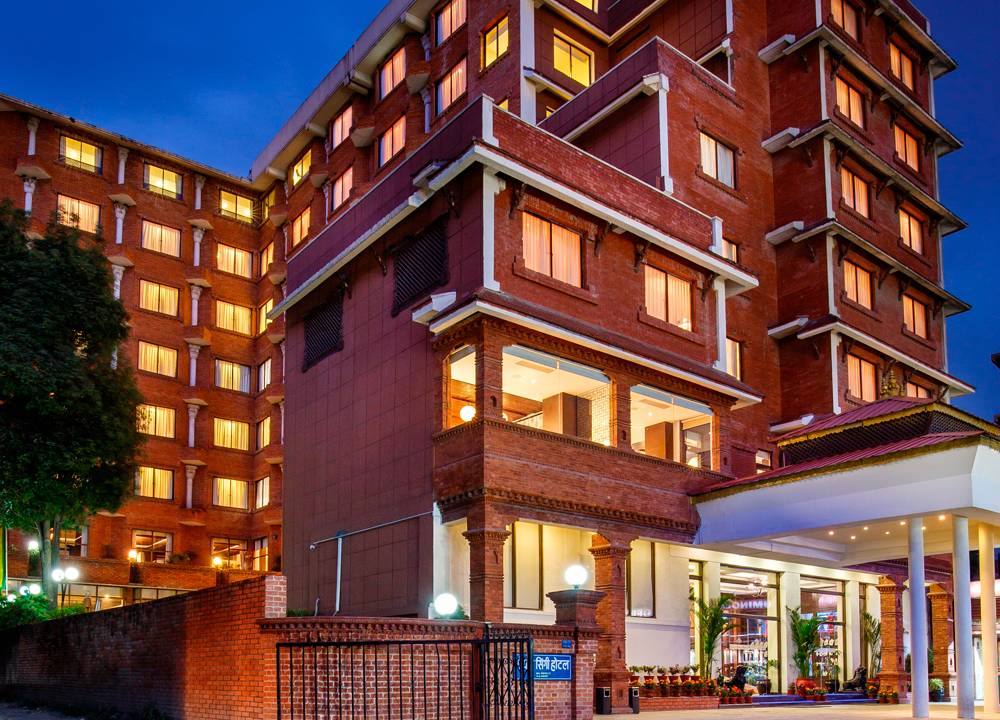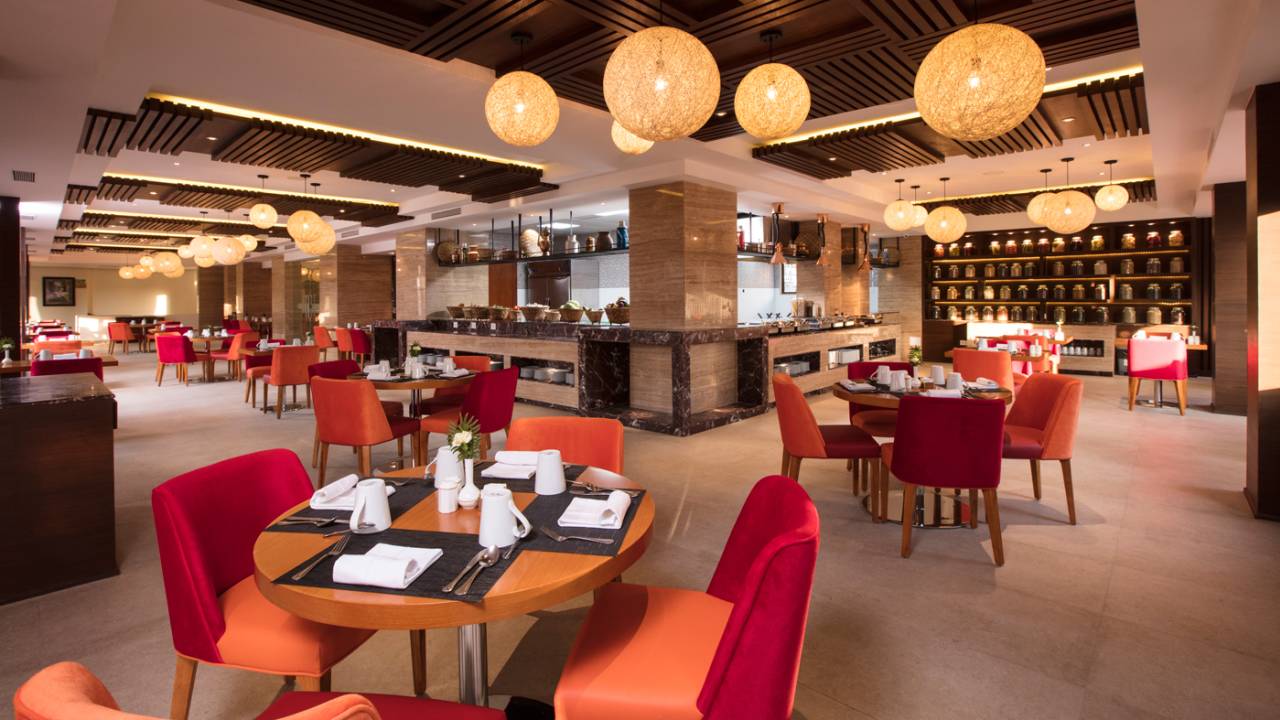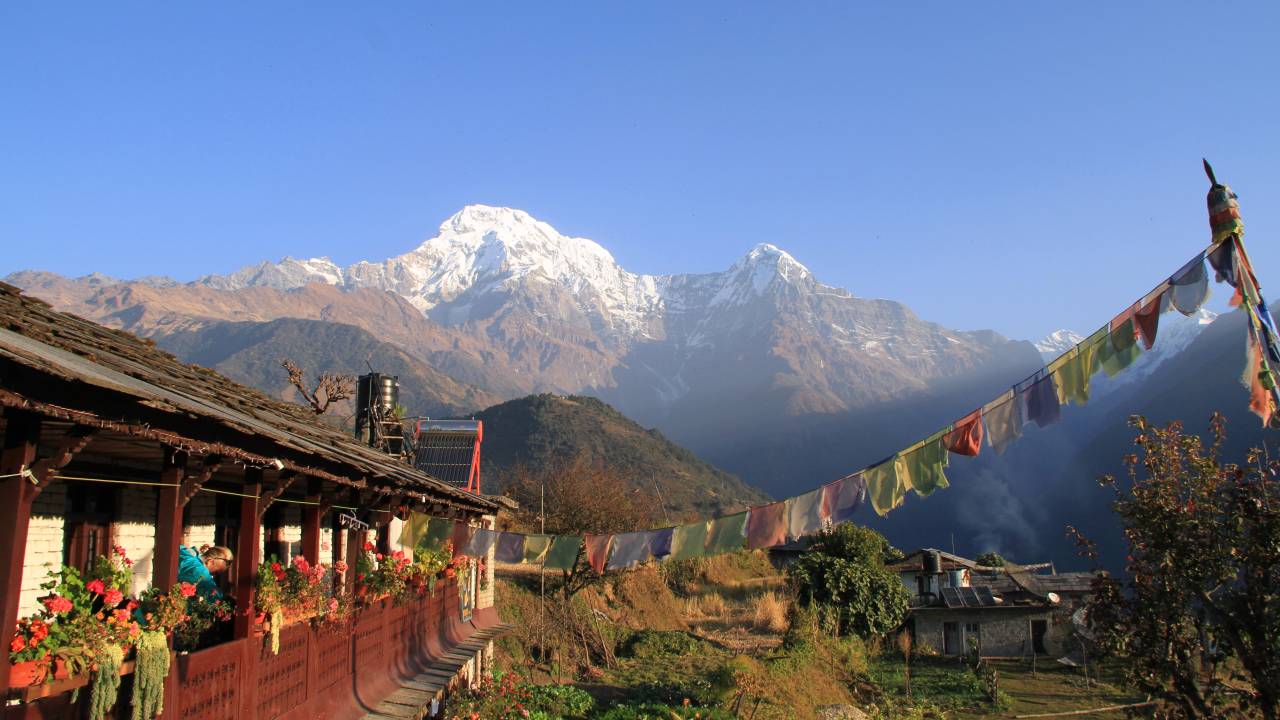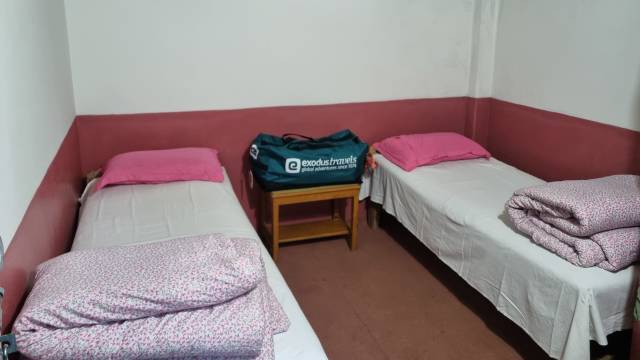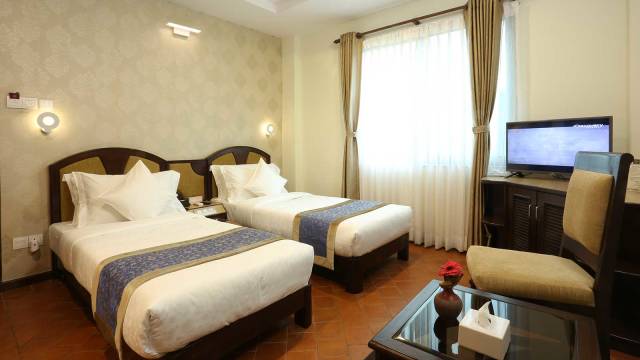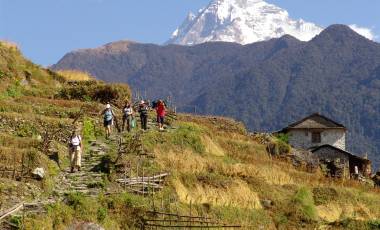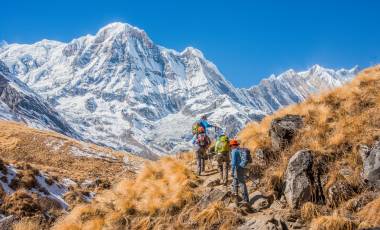- Traditional Nepalese villages
- Magnificent views of Annapurna South
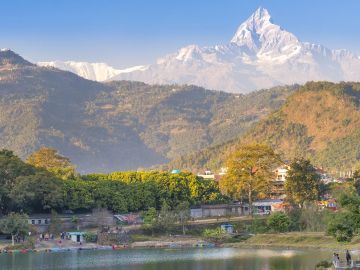
Annapurna Extension
- Home
- Asia
- Nepal
- Walking & Trekking
- Annapurna Extension
Reviews
Add your own reviewAnnapurna Extension
Although we did not get extensive views of the Annapurna Mountain range because of the permanent mist (it was February) the trek took me through beautiful places, old villages and farmlands which gave a fascinating glimpse into a past way of living. The actual walking was not hard, because of the excellent pacing of my guide, but I a not sure that I would have enjoyed the uphill days as much in the height of summer. For me coming from the moderate Highlights of Northern India and Nepal trip it was the right amount of exertion.
Most Inspirational Moment
The stone stair cases and paths cut into the foothills along which we traveled and the peace and serenity of the trek; some days we didn't see other westerners at all. On some days we stopped for tea with various locals which was always fascinating
Thoughts on Group Leader
The group leader (I was the only traveler) was called Sager. Although his English as not brilliant he was a very good porter and guide. He was able to pace the trek exactly to my speed and strength so that even though I knew that I had walked I was never overstretched. He also had some interesting stories about the places we passed through, his own family background and other cultural aspects
Advice for Potential Travellers
If Exodus wants to book you until the Australia Camp for the first night refuse. It is not a teahouse it is a full, very basic trekkers camp. It may potentially have excellent views, but when the mist is down as in February you can't see them. Instead there now appears to be a fashion for young Nepalese people to trek from Pokhara to this camp especially on Friday nights to party. I didn't go up into the Annapurna foothills to listen to a raucous drunken crowd, including camp staff, partying until 2 am especially as it only took an hour and a half to walk to the Australian Camp and 25 minutes further on there was the lovely, quiet village of Pothana. This is just inside the borders of the Annapurna National Park and tranquility is the norm here. You do need your own loo roll for this part of the trip. There is an abundance of water in this area so everything felt very clean, except once again at the Australian Camp, although I had taken hand sanatiser with me just in case. In all of the other places we stopped at, either just for food or drink or at the accommodation there was always somewhere to wash your hands after going to the loo, some of which were interestingly basic but fine, or shower etc. It was usually a single basin, with soap just outside whatever facility. In the Australian Camp there were no hand wash basins.
Would you like to include flights with your booking?
- ATOL protected
- Competitive flight prices
- Full refunds in the event of FCDO cancellations or major disruption at your UK departure airport
- Specialist support to rearrange flights and transfers
- Regional flights available from many UK airports
You may also like
The Adventure Begins Here
Get regular inspiration straight to your inbox from Exodus’ experts.


